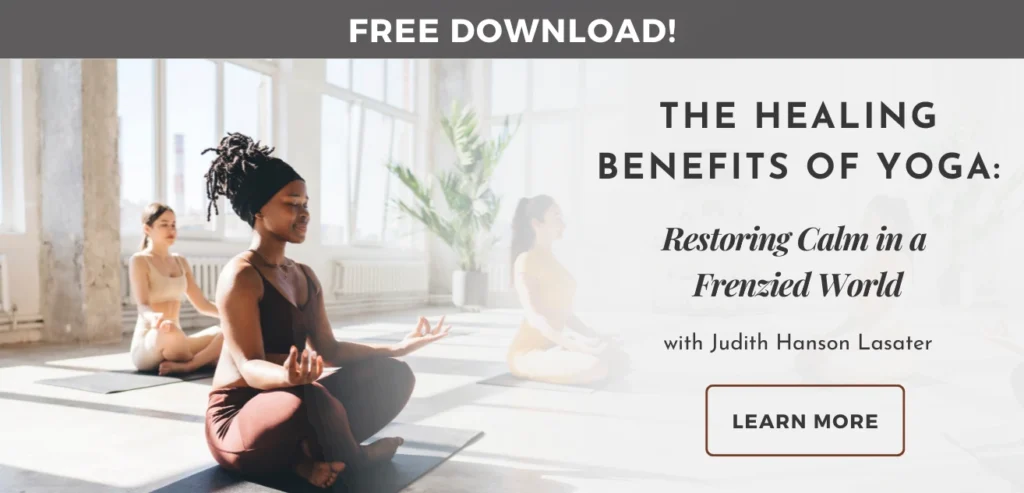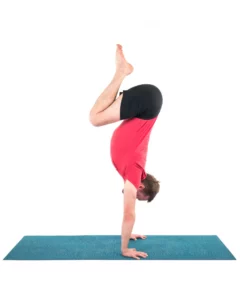Breathe Easy: A Yoga Sequence to Exercise Your Diaphragm

Your diaphragm is the primary muscle of respiration; it contracts like any other muscle and can be controlled voluntarily. It is important for your diaphragm to maintain tonicity so that it can properly contract and move down on the inhalation and then return to its resting shape with ease on the exhalation. This ensures proper lung inflation and ongoing visceral massage.
In this yoga practice, we will focus on increasing the muscle tone of your diaphragm by:
- Building awareness of diaphragmatic movement. We will try to envision the diaphragm movement and facilitate it with the flare-out action of the ribcage on the inhalation and solar plexus lifting action on the exhalation.
- Practicing progressive abdominal contraction (“zip up” action) with pelvic floor lift in specific postures that require spinal stabilization,
- Working on increasing the range of motion of the diaphragm by gradually lengthening all four parts of the breath (inhale, hold after inhaling, exhale, and hold after exhale) both during movement and pranayama practice,
- Releasing stiffness in the ribcage and thoracic spine facilitates easier ribcage expansion and promotes better posture.
A note of caution—Please remember that your diaphragm connects your thoracic and abdominal cavities, with your heart sitting just above it and your digestive system right below. As you begin to expand the movement of your diaphragm, you will be venturing deeper into those territories, which means that this work might bring certain stuff up for you, both on the level of emotions and the level of processing and digestion. It might not be wise to begin this kind of work if you are going through a serious emotional upheaval or dealing with ongoing digestive distress. You might want to let things settle down first or begin very slowly and carefully.
In general, never force your breath or hold it beyond your capacity. Always engage your muscles gently (more like a hugging action) and stay aware of your body’s feedback during the practice. Remember, this kind of work is subtle and delicate; we cannot muscle our way into it.
How to Exercise Your Diaphragm in Your Yoga Practice

Also, read...
Stand Firm: 6 Easy Balancing Moves for Your Daily Yoga Routine
The Many Benefits of Twists: 5 Great Yoga Postures for Low Back Health
Desk-Friendly Yoga Neck and Shoulder Stretches
Related courses

Educated as a school teacher, Olga Kabel has been teaching yoga for over 14 years. She completed multiple Yoga Teacher Training Programs but discovered the strongest connection to the Krishnamacharya/ T.K.V. Desikachar lineage. She had studied with Gary Kraftsow and American Viniyoga Institute (2004-2006) and received her Viniyoga Teacher diploma in July 2006, becoming an AVI-certified Yoga Therapist in April 2011. Olga is a founder and managing director of Sequence Wiz— a web-based yoga sequence builder that assists yoga teachers and yoga therapists in creating and organizing yoga practices. It also features simple, informational articles on how to sequence yoga practices for maximum effectiveness. Olga strongly believes in the healing power of this ancient discipline on every level: physical, psychological, and spiritual. She strives to make yoga practices accessible to students of any age, physical ability, and medical history, specializing in helping her students relieve muscle aches and pains, manage stress and anxiety, and develop mental focus.



